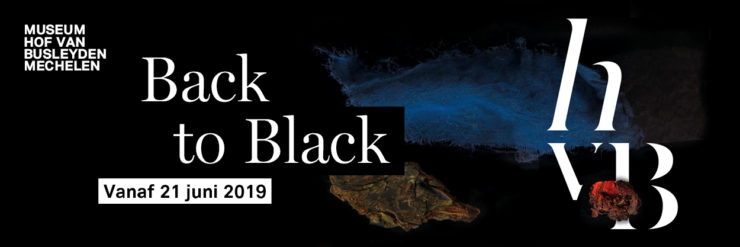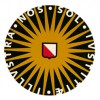About the project

How do artists master their art? The transmission of ‘technique’ in art has been a conspicuous ‘black box’ resisting analysis. The tools of the humanities used to study the transmission of ideas and concepts are insufficient when it comes to understanding the transmission of something as non-propositional and non-verbal as ‘technique’. Only recently, the history of science and technology has turned to how-to instructions as given in recipes. We will create a database of recipes and techniques, an online historical semantic map of ‘technique’ and experimentally reconstruct historical recipes to finally open the black box of the transmission of technique in the visual and decorative arts.
Considering ‘technique’ as a textual, material and social practice, we will write a long-term history of the theory and practice of the study of ‘technique’ in the visual and decorative arts between 1500 and 1950. The central research questions are:
- What is technique in the visual and decorative arts?
- How is technique transmitted and studied?
- Who is considered expert in technique, and why?
This project is a breakthrough in our understanding of the transmission of technique in the arts by integrating methodologies typical for the humanities and historical disciplines with laboratory work. The connection between our knowledge of the history of science and technology and the expertise of our associates at the Ateliergebouw in Amsterdam in conservation, restoration and technical art history is foundational for the intellectual infrastructure of a new field of interdisciplinary research, unique in Europe.
The ERC ARTECHNE project has received funding from the European Research Council (ERC) under the European Union’s Horizon 2020 research and innovation programme (grant agreement No 648718) and is a cooperation of Utrecht University and University of Amsterdam.





